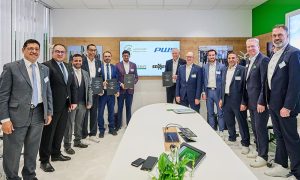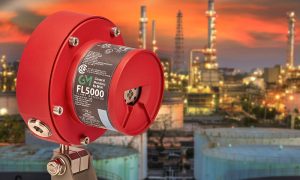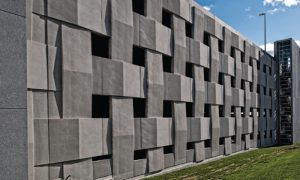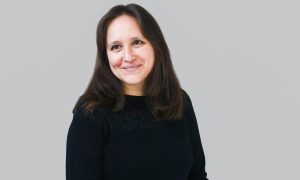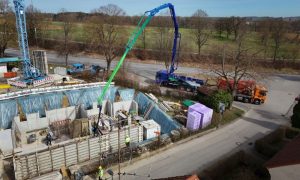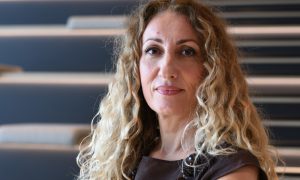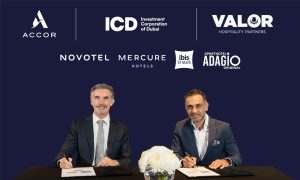Mohammed Bin Rashid Solar Park gets green light
Furthering the UAE’s ambition to sustainably utilise natural resources during city planning, leaders and energy officials attended the inauguration of phase one of the 13MW Shaikh Mohammad Bin Rashid Solar Park, a solar project expected to generate 24mnKW power per year. Dubai Integrated Energy Strategy 2030 aims to have an energy mix consisting of 5% solar, […]

Furthering the UAE’s ambition to sustainably utilise natural resources during city planning, leaders and energy officials attended the inauguration of phase one of the 13MW Shaikh Mohammad Bin Rashid Solar Park, a solar project expected to generate 24mnKW power per year.
Dubai Integrated Energy Strategy 2030 aims to have an energy mix consisting of 5% solar, 12% nuclear, 12% clean coal and 71% natural gas by 2030 and this park is part of the efforts to achieve those results.
Announced in January 2012, the 280,000 sqm park, 50 km south of Dubai at Seih Al Dahal was inaugurated on World Energy Day by His Highness Shaikh Mohammad Bin Rashid Al Maktoum, Prime Minister of the UAE and Ruler of Dubai. Expected to generate 1,000MW of power by 2030, the park is expected to be completed over several phases. Work on the project’s phase two, a 100MW installation to be built in public-private partnership, will start in six months and is expected to be completed in three years.
“This is the first milestone on the way to achieving our energy strategy”, said Saeed Mohammad Al Tayer, vice-chairman of DSCE and managing director and CEO of DEWA. “This plant will go a long way in setting the trend for non-conventional energy resources in the region and by 2020 we will have more than 1% of our electricity generated through solar energy.”
Phase one was constructed by energy firm First Solar; however, the project is fully funded and owned by DSCE. The AED 700 million-worth phase two of the park will be carried out in a public-private partnership model, with 51% to be owned by the government and 49% by a private firm.
“We have created a market for sustainable energy projects by investing in the solar park and showed to the region that such projects could be successfully implemented”, said Ahmad Butti Al Muhairbi, secretary-general of DSCE. “Now we want to explore the public-private partnership model for next. Currently, we are carrying out surveys for the project and finalising the guidelines and in the next six months we will be issuing the tenders.”
The sustainability programme also includes building a self-sustaining solar-powered landmark tower at the park. The solar plant uses a combination of photovoltaic and concentrated solar power technologies. In phase one 152,000 photocells have been installed and connected to 13 step-up transformers in inverter buildings and the plant reduces carbon dioxide emissions by 15,000 tonnes annually. The solar park, when completed, will be one of the largest solar installations in the region.



